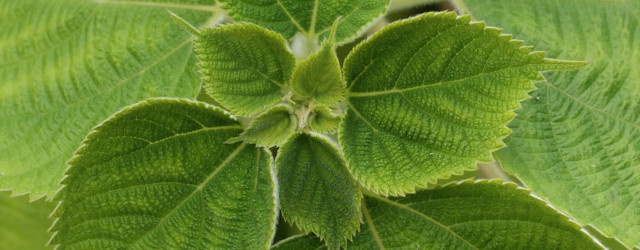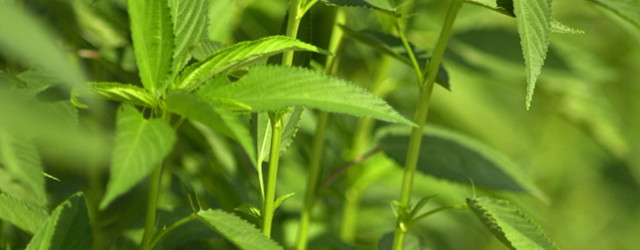Bambus
Bambus ist eine Faserpflanze, die seit Jahrtausenden besonders im asiatischen Raum angebaut wird. In der verarbeitenden Textilindustrie gilt sie als umstrittene Faser. Viele Hersteller bieten Textilien aus Bambus an, die aber meist aus Viskose, einer aus Bambuszellulose gewonnenen Chemiefaser, bestehen. Das relativ spröde Naturmaterial ist in seiner reinen Form nur bedingt geeignet. Warum nachhaltig? Der Bambus ist eine sehr schnell nachwachsende Faser. Bei einem Wachstum von bis zu einem Meter täglich, erzeugt sie mehr Sauerstoff als jede andere Pflanze der Welt. Sie produziert viermal mehr verwertbares Holz als zum Beispiel die Eiche.
Bamboo
Bamboo is a fibrous plant that has been cultivated for thousands of years in Asia. In the textile manufacturing sector this fibre is a subject of contention. Many manufacturers offer textiles made from bamboo fibre, but these mainly consist of viscose, a chemical fibre derived from bamboo cellulose. In its pure state this relatively brittle natural material has only a limited scope of application. Why choose sustainable bamboo? This is a very rapidly renewable fibre: it can grow up to a metre a day and produces more oxygen than any other plant on Earth. It produces four times as much recyclable wood as oak, for example.


